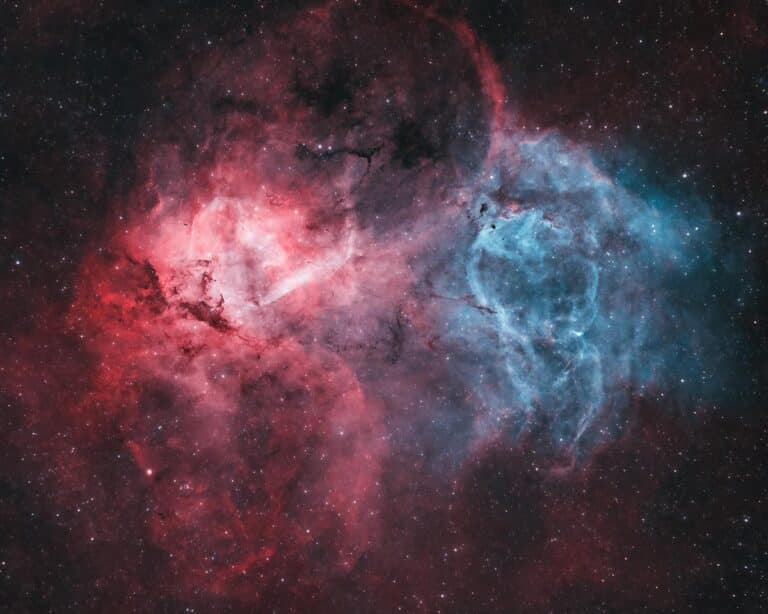Largest SNR ever discovered by Amateurs - 6x bigger than the Moon
Posted: Sat Dec 09, 2023 7:11 am
ASTROBIN picture of the day 09.12.2023 - SNR G107.5-5.2 -
The Largest Supernova Remnant EVER Discovered by Amateurs
Marcel Drechsler, Bray Falls, Yann Sainty. Nicolas Martino
| 2023 Dez 09
TY4YA Jac
The Largest Supernova Remnant EVER Discovered by Amateurs
Marcel Drechsler, Bray Falls, Yann Sainty. Nicolas Martino
| 2023 Dez 09
THE NEREIDES NEBULA: 3559 FRAMES, 260 HOURS OF EXPOSURE TIME, TELESCOPES ON THREE CONTINENTS
and one mission - not just to explore a supernova remnant previously undiscovered by science, but to shoot it in an ambitious collaborative project.
We recommend viewing the image at 100% in order not to miss the numerous fine details.
SNR G107.5-5.2, with its many dynamic and delicate bluish filaments, appeared to us like the mythical sea nymphs dancing exuberantly in the water, and the connection to the constellation of Cassiopeia is also obvious: Thus Cassiopeia was a queen known for her exaggerated beauty. She was the wife of King Cepheus and the mother of Andromeda. Cassiopeia once boasted that she and her daughter were more beautiful than the Nereides. This angered the sea nymphs and as punishment they sent the monster Cetus to destroy the kingdom.
The story on youtube: https://www.youtube.com/watch?v=l6DNU5K_jMM
Full resolution images: https://www.astrobin.com/towmdb
..the whole story in great details...
TY4YA Jac

